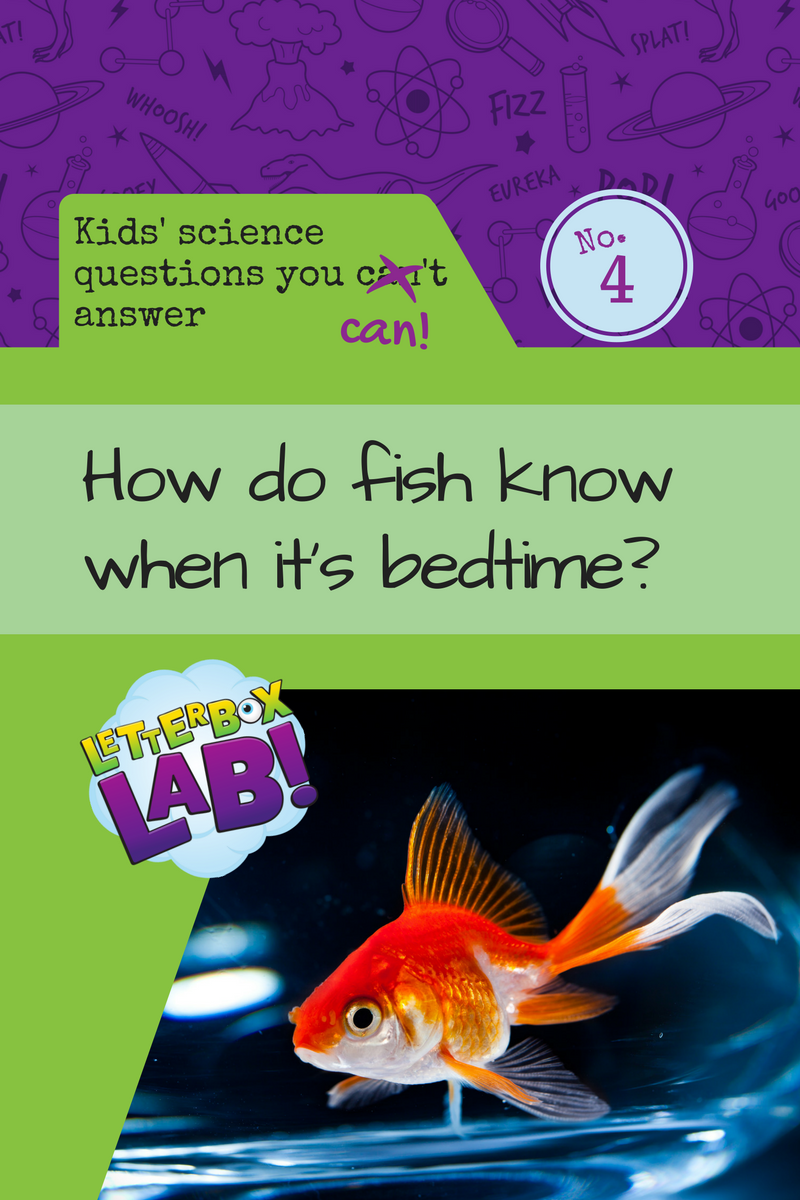Fish sleep is not like human sleep, they don’t have eyelids or pillows. Some do have a kind of duvet but it’s made out of slime that they ooze out of themselves. Some fish don’t sleep at all, some slumber so deeply you can apparently lift them out of the water without them noticing (don’t do that). But most fish do seem to have the occasional little snooze in which they become less active and less responsive. But how do they know when to do this?
Let’s think about the obvious answer: fish sleep at night time. That is, when it gets dark the little fish know it’s time to tuck in for the night. That’s definitely true for some fish. But those fish, if kept in a room which is always light or always dark still go to sleep. So they must have some kind of internal clock telling them to go to sleep, just like we do.
To add to the complication, some fish sleep during the day. Some switch between being nocturnal and diurnal depending on the time of year and when’s best for finding food. Some fish have little tiny sleeps throughout the day and night – you can spot them some just hovering in the water not doing very much for moments at a time. Some fish live so deep that it’s always completely dark, so they don’t know if it’s day or night! Do they sleep? We don’t know because it’s too dark to see them.
Fish are varied, sleep is complicated and there’s a lot of science still to be done to understand sleep in all animals, including ourselves. For now all we can really say is that some fish sleep when they feel sleepy. Add it to the list of mysteries your child could have a go at solving someday!
Letterbox Lab is a monthly science subscription box for kids aged 6+. We provide exciting science kits through your letterbox so families can have fun playing with science.




Add Comment